 |
 |
 |
 |
 |
 |
|
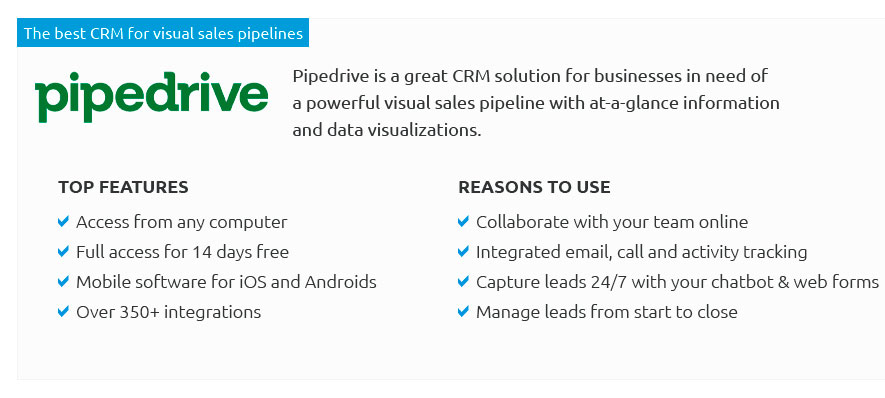 |
|
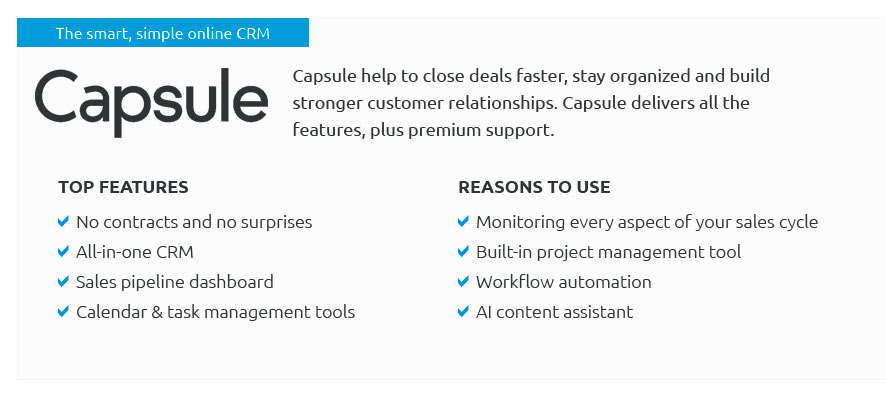 |
|
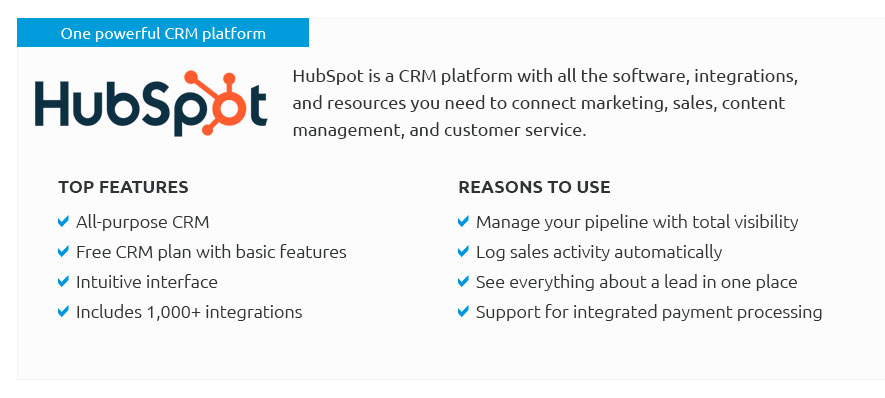 |
|
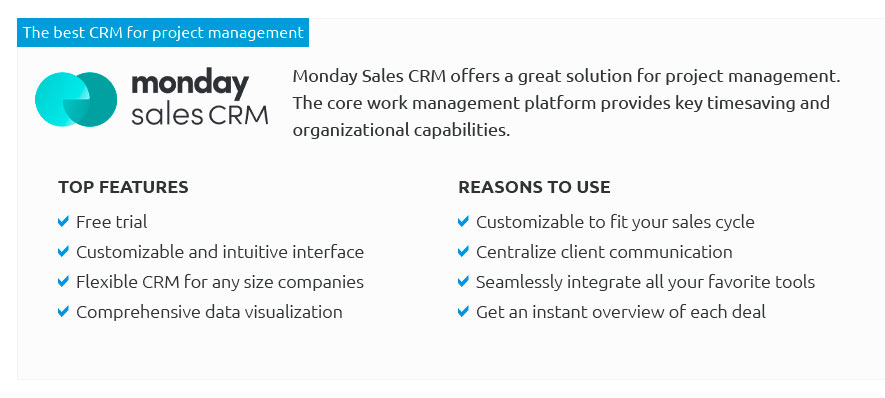 |
|
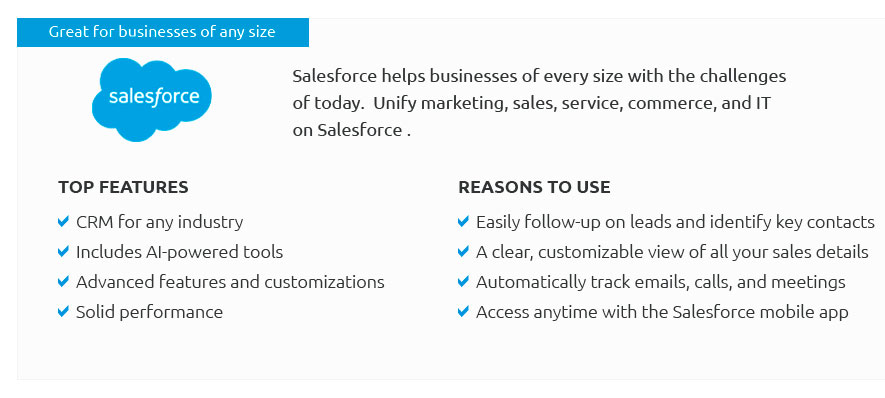 |
|
 |
 |
Understanding CRM Outlook: A Comprehensive Guide for Informed Decision-MakingIn today's fast-paced business environment, integrating customer relationship management (CRM) systems with familiar tools like Outlook can be a game-changer for organizations looking to enhance productivity and streamline communication. While CRM systems have revolutionized how businesses interact with clients, understanding the nuances of CRM Outlook integration can significantly amplify these benefits. This article delves into the intricacies of CRM Outlook, offering expert tips and advice to help businesses make informed decisions. At its core, CRM Outlook integration seeks to bridge the gap between customer relationship management and email communication, allowing for a seamless transition between managing contacts, tracking interactions, and analyzing customer data. The primary advantage here is the consolidation of tools, which not only reduces the cognitive load on employees but also enhances the accessibility of critical customer information. However, it is essential to recognize that not all CRM Outlook integrations are created equal, and choosing the right solution requires careful consideration of several factors.
While the potential benefits of integrating CRM with Outlook are substantial, it's crucial to approach this transition with a strategic mindset. Investing the time to research and select the right solution can pay dividends in terms of improved customer interactions, enhanced productivity, and ultimately, greater business success. In conclusion, by considering factors such as user experience, functionality, compatibility, security, and support, businesses can make informed decisions that will maximize the value of their CRM Outlook integration, ensuring they stay ahead in an ever-competitive landscape. https://www.hubspot.com/products/sales/outlook
With HubSpot, you can access CRM data straight from Outlook, set up templates, and even track campaign performance without ever leaving your inbox. https://appsource.microsoft.com/en-gb/product/web-apps/salesoutlookcrm.crmforoutlook?tab=Reviews
CRM for Outlook is a simple and affordable CRM solution that works directly inside Outlook. https://learn.microsoft.com/en-us/microsoft-sales-copilot/sign-in-crm-outlook
Manually sign in - In the Copilot for Sales pane, select Sign in in the banner at the top or card at the bottom. Screenshot showing sign in ...
|